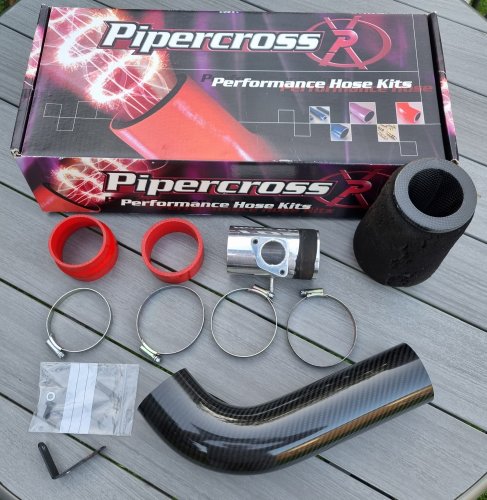Coolant Cap
Hissing noise from coolant cap
Common fault is that the cap starts leaking, a replacement cap can be bought which usually resolves the problem.
Coolant Level
- If the coolant level is at min when hot and rises to max when hot then dont worry as the Elise seems to blow any excess coolant out the top of the cap. Generally it finds it's own level so as long as it stays there and you don't notice any sudden dropping, everything should be fine.
- Is there any coolant on the drive, is the level dropping in the tank?
- Do you see any coolant on your windscreen? This usually means the radiator has a hole in it.
- Often the pipe attaching onto the radiator can come loose. Just tighten the clip that holds the rubber pipe on. Also the bleed nipple in the hose under the left front wheel arch can leak.
- Another common leak path is through the rubber gasket on the inlet manifold. This is difficult to spot due to inaccessibility (view using a mirror) and the fact that the coolant often evaporates before leaving tell tale signs. Replacement gasket is cheap and effective.
- A pressure test by a garage is cheap and will highlight most leaks (other than head gasket problems) quickly.
- If you have "mayo" on the inside of the oil filler cap then check the Head Gasket Failure section of this site.
- A chemical check for exhaust gases in the coolant will further check for head gasket problems.
Temperatures
Most Elises run at around 87 degrees but this figure does fluctuate both up and down according to weather, driving conditions, etc. The fan should kick in at 102 degrees until the temp comes back down. If the gauge goes over 110 then its recommended to stop and allow the engine to cool - check the coolant level while youre at it.
Keep a close eye on temperatures, especially if you have a K-series engine. If the temperature shoots up rapidly then pull over.
<a name="Remote_Stat" id="Remote_Stat">
Remote Stat
As its name suggests the remote thermostat moves the thermostat further away from the cylinder head inlet. The major advantage of this is that it gives more hose length for the cold water to mingle with the already hot water. This reduces the rate of temperature fluctuation in the head with the aim of reducing the risk of head gasket failure. Often the remote thermostat kit includes a thermostat with a reduced opening temp - again this serves to reduce the difference between the water in the hot side of the loop with that in the cold side to reduce potential fluctuations if the thermostat opens rapidly.
















Recommended Comments
There are no comments to display.
Join the conversation
You can post now and register later. If you have an account, sign in now to post with your account.